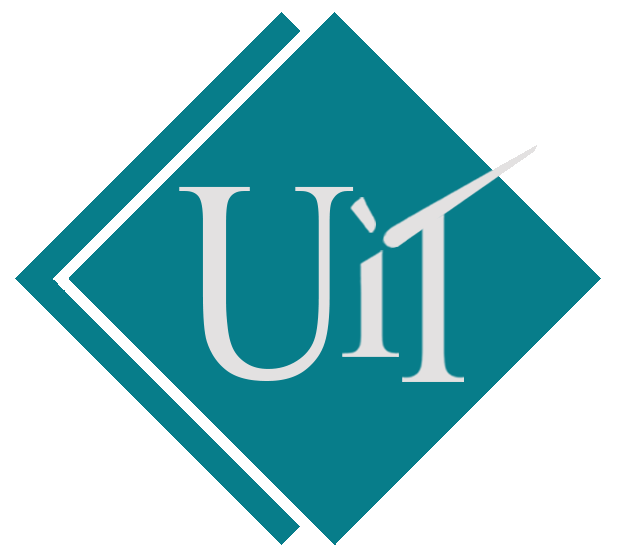This course is intended to introduce the core concepts of the Semantic Web that promises to dramatically improve the current World Wide Web and its use. The main goal of the Semantic Web is to enhance the human and machine interaction by representing the data in an understandable way for the machine to mediate data and services. Semantic web covers many technologies like explicit metadata, ontologies, RDF, OWL, logic and inference for search query formulation, and intelligent agents. The course concerns search on the Semantic Web by covering discovery of knowledge via taxonomies, Web service based data searches and search by association. The course will also cover the SPARQL Query Language. The aim of this course is to teach the students the concepts, technologies and techniques underlying and making up the Semantic Web.
